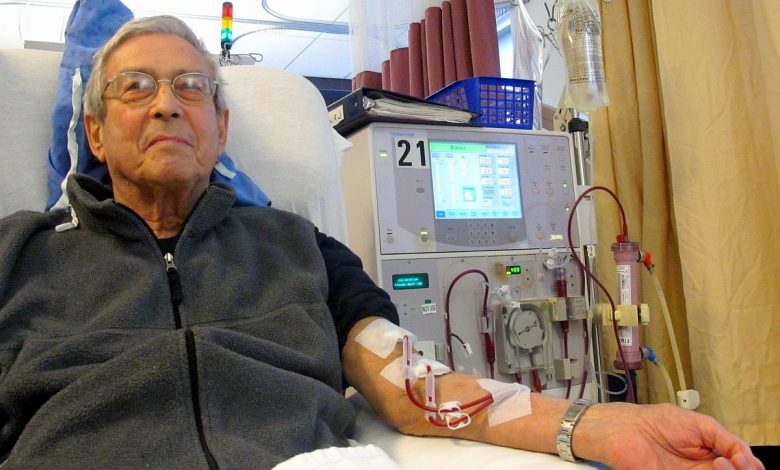How Dialysis Can Maintain Your Kidney Function

When your kidney fails, your blood still needs to be cleaned and filtered. How do you go about this? This is where Evergreen Park dialysis access comes in to offer this treatment option to maintain the kidneys’ function. Dialysis is a treatment procedure that will take over the kidney’s function if they fail to do their job. Let us delve in to the types of dialysis.
Types of Dialysis
The two main types of dialysis include hemodialysis and peritoneal dialysis.
Hemodialysis
This process involves putting your blood through a filter outside your body, where it is cleaned and returned. This procedure can be executed either at the hospital or at home.
Peritoneal Dialysis
This procedure involves cleaning your blood inside your body. A special fluid is used to absorb waste from the blood. The fluid is put into your abdomen to clean the blood as it passes through the small vessels in your abdominal cavity. Once the process is over, the fluid is drained away.
How Hemodialysis Works
For the hemodialysis procedure, your provider performs minor surgery to create direct access to your bloodstream, which can be achieved in several ways. Your provider may go for fistula, which involves joining an artery to your vein using your tissue under the skin of your arm. Your provider can opt for a graft where the artery is joined to the vein by an artificial tube.
You will have to wait for six weeks to heal before you begin your hemodialysis. However, after healing, the fistula can be used for many years. On the other hand, a graft takes only two weeks to heal, meaning you get to start your hemodialysis faster. However, the graft only lasts for a short time compared to the fistula, and you will need another graft after a few years.
During the hemodialysis procedure, a hemodialysis machine is used. Your provider places two needles in your arm where the fistula or the graft is located while you sit or lay back on a chair. A pump in the machine draws your blood, sending it through to a dialyzer machine, which works like your kidney. The machine filters out excess fluids, wastes, and extra salt and sends the cleaned blood back to your body.
How a Peritoneal Dialysis Work
As noted earlier, this procedure uses the lining of your belly to filter your blood from within your body. It involves using a catheter that is placed near your navel a few weeks before you begin your treatment. Note that you are going to do the peritoneal dialysis yourself, and therefore your provider trains you on how to go about it.
The catheter will help you transfer a dialysis solution into your belly that soaks up the wastes and extra fluids in your body. After a few hours, you drain the solution from your body.
Note that you can also use a machine to carry out the procedure known as continuous cycling peritoneal dialysis.
If you have kidney disease or your kidneys have stopped doing their work for any other reason, dialysis is an effective way to maintain the kidney function, which is critical to your body. You can contact Vascular Specialists to learn about your options and benefit from regular monitoring and maintenance, should you be the right candidate for dialysis access.





